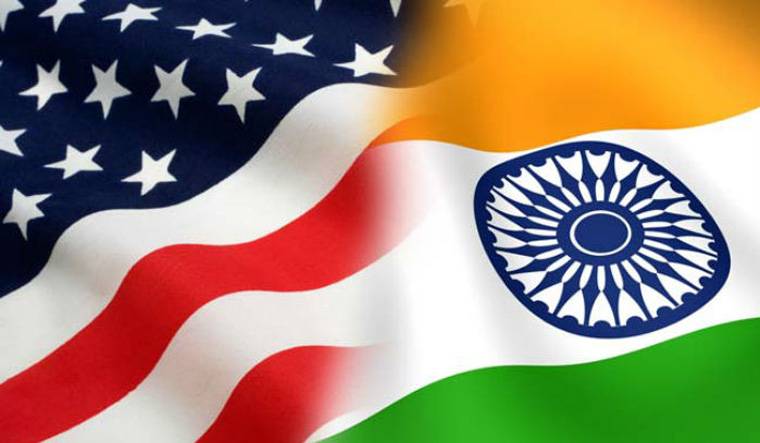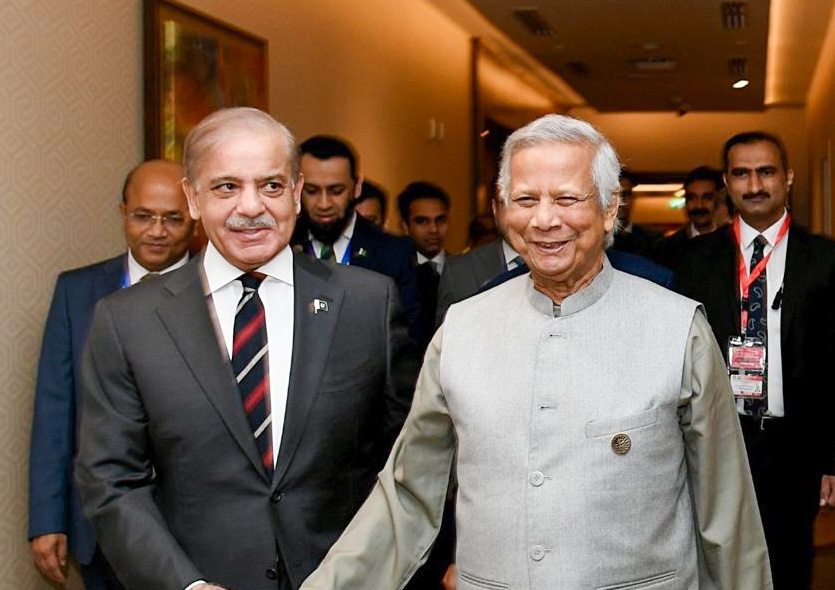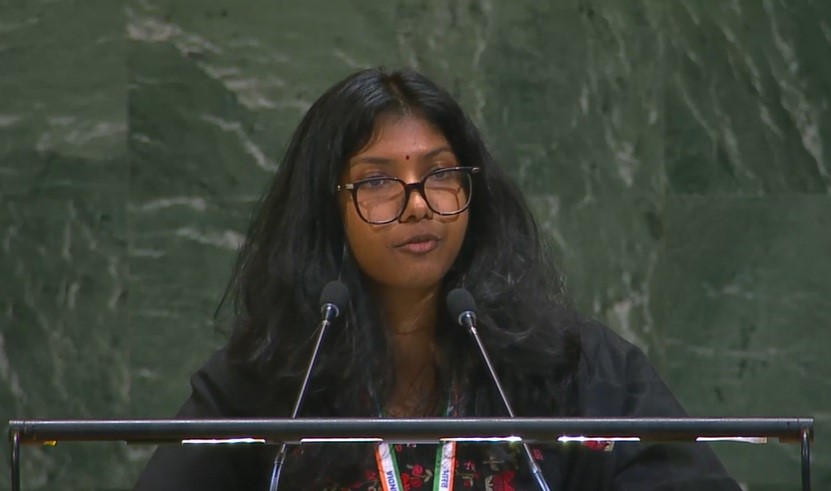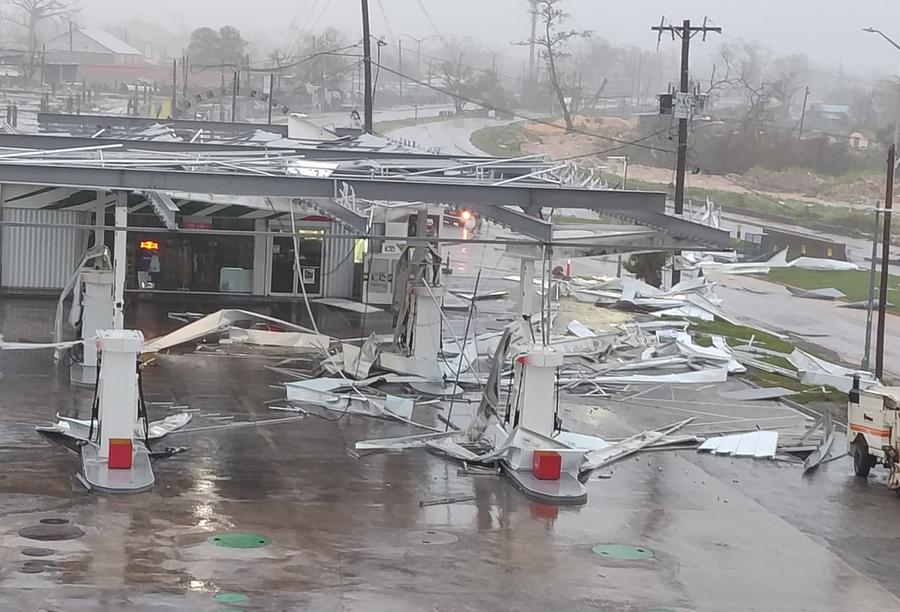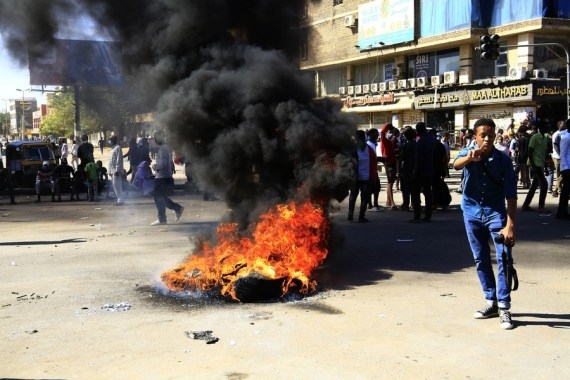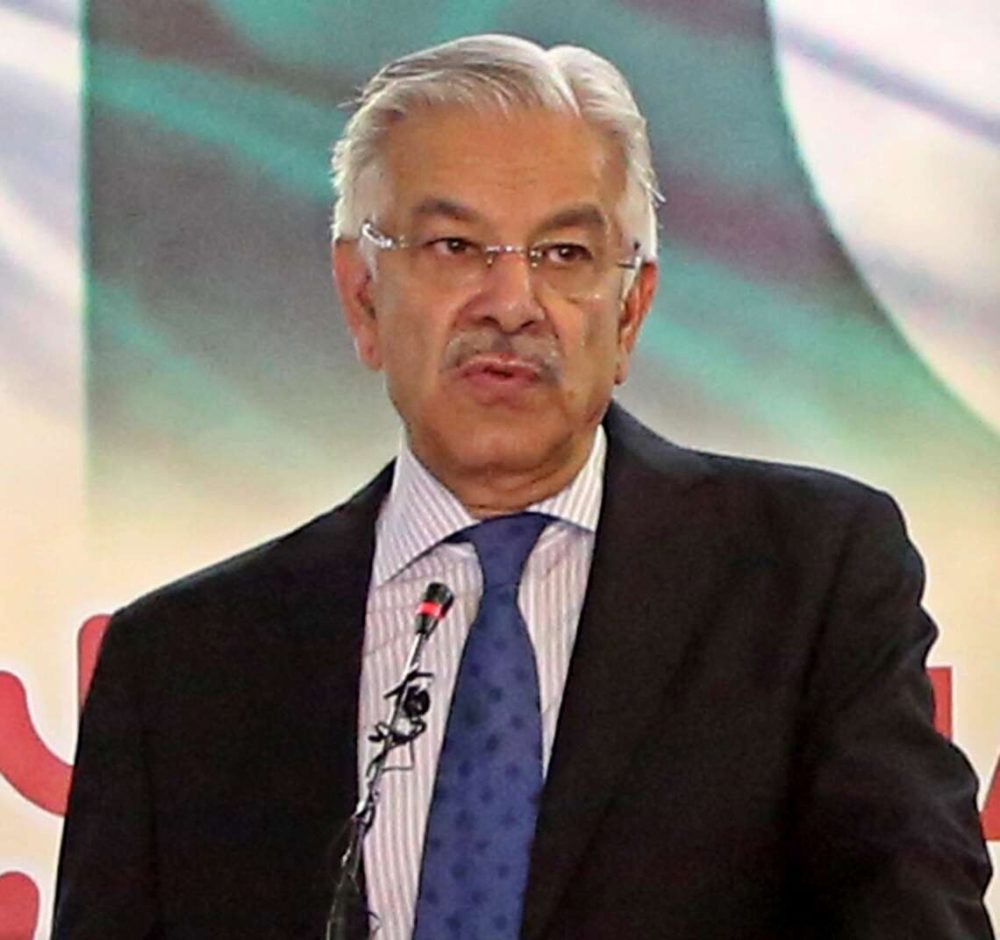India and US strengthen partnership with critical minerals at the core, paving way for a new defence framework and deeper Indo-Pacific cooperation.…reports Asian Lite News
The India–US 2+2 Intersessional Dialogue, held virtually on Monday, highlighted critical minerals exploration as a central pillar of bilateral cooperation, alongside an ambitious agenda spanning defence, trade, energy security, and counterterrorism. The Ministry of External Affairs (MEA), in its release on Tuesday, underscored the breadth of discussions that reaffirmed the deepening strategic alignment between the two democracies.
The meeting was co-chaired by Nagaraj Naidu Kakanur, Additional Secretary (Americas), and Vishwesh Negi, Joint Secretary (International Cooperation) from India’s MEA, along with Bethany P Morrison, Senior Bureau Official for the Bureau of South and Central Asian Affairs, and Jedidiah P Royal, Acting Assistant Secretary of Defence for Indo-Pacific Security Affairs, representing the United States.
Critical minerals take centre stage
Among the most notable outcomes was a joint push to advance cooperation in critical minerals exploration, a sector seen as vital for the technologies of the future. Lithium, cobalt, and rare earth elements, essential for semiconductors, clean energy, and electric vehicles, have emerged as the backbone of global supply chains. India and the US, recognising the geopolitical vulnerabilities associated with overdependence on a few suppliers, committed to aligning efforts in securing and diversifying access to these resources.
The MEA release stated that both sides exchanged perspectives on how critical minerals can serve not only as an economic opportunity but also as a strategic lever to reduce vulnerabilities, strengthen supply chains, and promote clean energy transitions.
Equally significant was the decision to advance defence cooperation through a new ten-year Framework for the India–US Major Defence Partnership.
Defence cooperation and COMPACT initiative
Equally significant was the decision to advance defence cooperation through a new ten-year Framework for the India–US Major Defence Partnership. This framework is designed to bolster collaboration in defence manufacturing, scientific research, technology sharing, operational coordination, and regional interoperability.
The dialogue also built upon the progress made under the COMPACT (Catalysing Opportunities for Military Partnership, Accelerated Commerce & Technology) initiative, which seeks to shape India–US defence and commercial ties for the 21st century. Officials highlighted how this mechanism has accelerated cooperation across military-to-military engagement, advanced technology sharing, and joint ventures in emerging defence industries.
“The framework aims to expand defence industrial, scientific and technological cooperation, while strengthening operational coordination and regional collaboration,” the MEA emphasised, signalling a shift towards a more structured and enduring partnership.
Broader strategic agenda
Beyond minerals and defence, the dialogue covered a wide spectrum of issues including trade and investment, energy security with a focus on civil-nuclear cooperation, and joint initiatives against narcotics trafficking and terrorism.
Energy security, particularly through enhanced civil-nuclear cooperation, was flagged as another area of convergence. Both sides reaffirmed their intention to deepen collaboration in this field, acknowledging its role in meeting climate commitments and strengthening energy resilience.
Counterterrorism and counternarcotics cooperation also featured prominently, reflecting shared concerns over global security challenges. Officials discussed intelligence sharing, operational coordination, and strengthening law enforcement mechanisms to tackle transnational threats.
Commitment to the Indo-Pacific and Quad
Reaffirming their joint vision for a free, open, and rules-based Indo-Pacific, the dialogue chairs emphasised the importance of the Quad grouping, which brings together India, the US, Japan, and Australia. They pledged continued cooperation to ensure maritime security, regional stability, and resilience against emerging security threats.
The MEA noted that participants “reaffirmed their dedication to fostering a safer, stronger, and more prosperous Indo-Pacific region,” underscoring the shared determination to shape the regional order amid shifting geopolitical dynamics.
The meeting concluded with both sides expressing satisfaction with the progress made and enthusiasm for future collaboration. “The dialogue concluded with the chairs expressing their appreciation for the productive meeting and eagerness to continue enhancing the breadth and depth of the bilateral relationship in a manner that benefits the people of India and the United States,” the MEA release said.
From minerals to missiles, and from trade to technology, the India–US 2+2 Intersessional Dialogue reaffirmed that the relationship is no longer confined to tactical interests but is fast becoming a cornerstone of global strategic stability.


